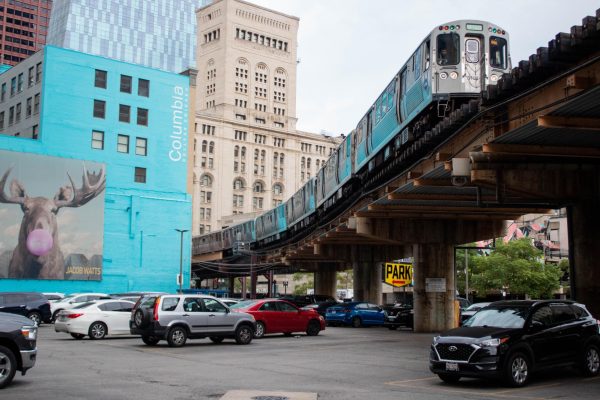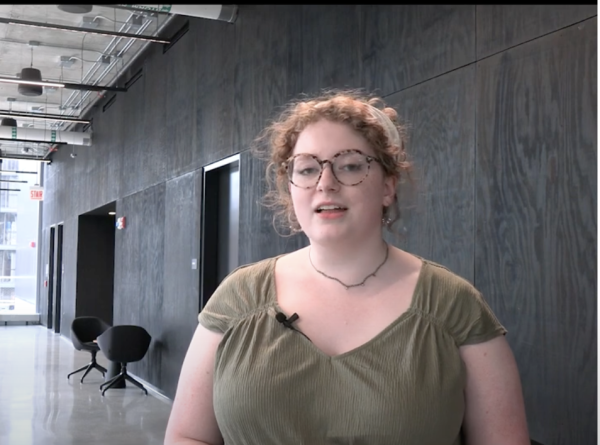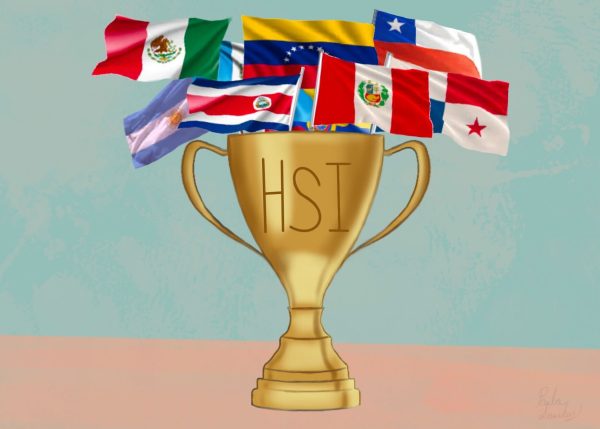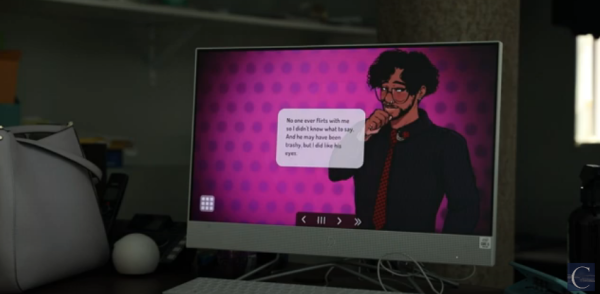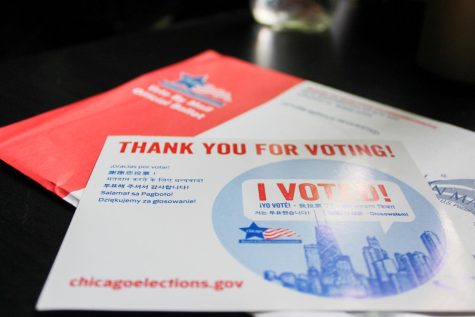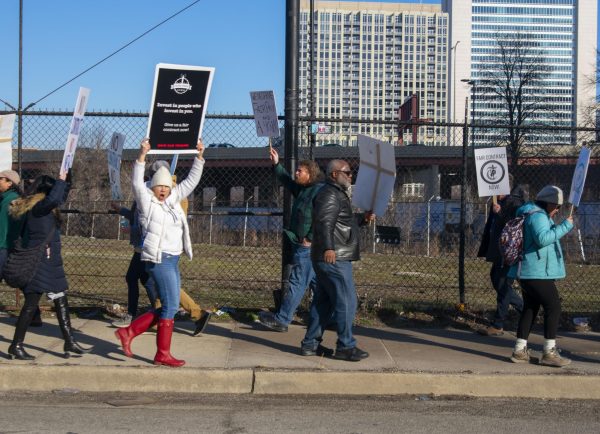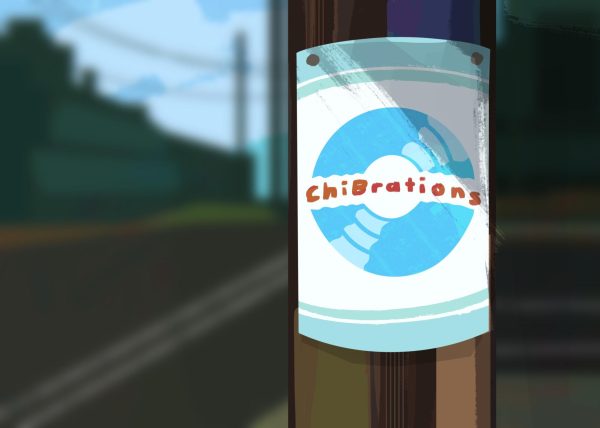City reflects on massive rainstorm
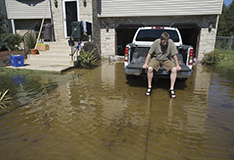
September 22, 2008
The largest rainstorm in Chicago’s recorded history hit the city, northeastern Illinois and northwestern Indiana on Sept. 12, 13 and 14, when the flood gates were opened billions of gallons of untreated stormwater, mixed with a small amount of raw sewage, poured into Lake Michigan.
Many residents were left wondering why the city wasn’t prepared for the storm and what can be done to prevent similar problems if it were to occur again in the future.
“What we saw this past weekend was a monster storm,” said Debra Shore, Metropolitan Water Reclamation District of Greater Chicago commissioner.
Chicago discharged more than 90 billion gallons of untreated stormwater into Lake Michigan during the storm by opening the regional flood gates.
“That is 50 times the amount of water that Illinois is allowed to draw from the lake every day for drinking water,” said Joel Brammeier, vice president for policy of the Alliance for the Great Lakes, a nonprofit conservation interest group. “That is a massive amount of water that almost defies comprehension.”
Since Lake Michigan is Chicago’s drinking water source, there was some concern about discharging the stormwater, as it did contain some raw sewage, but by the time the flood gates started to open on Sept. 13, the raw sewage was highly diluted and not much of a risk, Shore said.
The city was also confident that the drinking water supplies remained safe.
“When we are notified of a discharge in the lake, we step up our monitoring activities, and we have seen no reason to adjust the purification process,” said Tom LaPorte, spokesperson for the Chicago Department of Water Management.
There is little that can be done to prevent flooding from a storm of this magnitude, Shore said. By the end of the storm, about 8 inches of rain was recorded. The average yearly rainfall for the Chicago area is 35-36 inches, which means 20 percent of the region’s normal annual rainfall came in just two days.
But there are structural safeguards in place to deal with storm water. MWRD’s Deep Tunnel, completed in 2006, is a giant underground tunnel more than 100 miles long and up to 300 feet deep that holds 2.5 billion gallons of stormwater overflow. The tunnel was filled to capacity by the morning of Sept. 13, Shore said.
Deep Tunnel is part of a larger project, known as Tunnel and Reservoir Plan (TARP). The plan includes the construction of three large reservoirs, only one of which is completed. The entire project will be completed by 2024 and will be able to take in 17 billion gallons of water, Shore said.
Shore is one of the elected commissioners who run the Metropolitan Water Reclamation District (MWRD), the public agency responsible for Cook County’s wastewater treatment and stormwater management.
“It’s important to keep our eye on the ball here,” Brammeier said. “The ball, in this case, is finishing the long-term control plan for sewage and stormwater here in Chicago, and the other thing is reducing the amount of water that goes into the system in the first place through the construction of green infrastructure.”
In addition to the more traditional measures of storm and wastewater management, the city’s Department of Water Management and the MWRD are looking at some “green” initiatives, as well.
Part of the problem with this recent storm, Shore said, is simply that the water had nowhere to go. Approximately 42 percent of the land in Cook County is covered by impervious surfaces, which cannot absorb water, Shore said.
“We need to start paving less of our landscapes,” Shore said.
At the MWRD, the idea has caught on. The district has started installing some test plots of permeable asphalt and pervious concrete with monitoring equipment to see how they perform, Shore said.
The Alliance for the Great Lakes also encourages homeowners to take small steps to reduce the amount of water that runs off or goes into the sewers, such as using rain barrels, putting green roofs on new homes or installing permeable pavement. But municipalities have control over whether or not those things happen in their communities so they have to provide the leadership to make it a reality, Brammeier said.
“Communities that are looking for solutions to their infrastructure problems should be looking at ordinances that provide incentives for green construction rather than trying to lay new pipes in the ground. It’s cheaper and, in the long run, a more sustainable way of reducing the amount of stormwater that gets into your pipes,” Brammeier said.
Another cause of stormwater runoff is the type of grass that is most commonly used throughout the area.
Kentucky blue grass, the turf-like grass usually used for lawns, is not native to Illinois. The root systems are about 3 feet deep, as opposed to native prairie grasses, which have root systems up to 15 feet deep.
The deeper the roots go into the ground, the more water they absorb. Shore said she would like to see people planting native grasses that evolved under this climate-because it would help reduce runoff.
By all accounts, this truly was the storm of the century. Chicago was built on a floodplain, and it was inevitable in this case that some flooding was going to occur, Shore said.
But homeowners with flooded basements are not likely comforted by that fact.
Building more pipes and reservoirs big enough to hold such massive amounts of water is not the answer, Shore said. The costs would be astronomical and not worth it because of the lower amount of rain the area normally gets.
But, Shore said, we could start to peel back some of the “concrete skin” that now covers Chicago’s landscape to capture rainwater where it falls.



